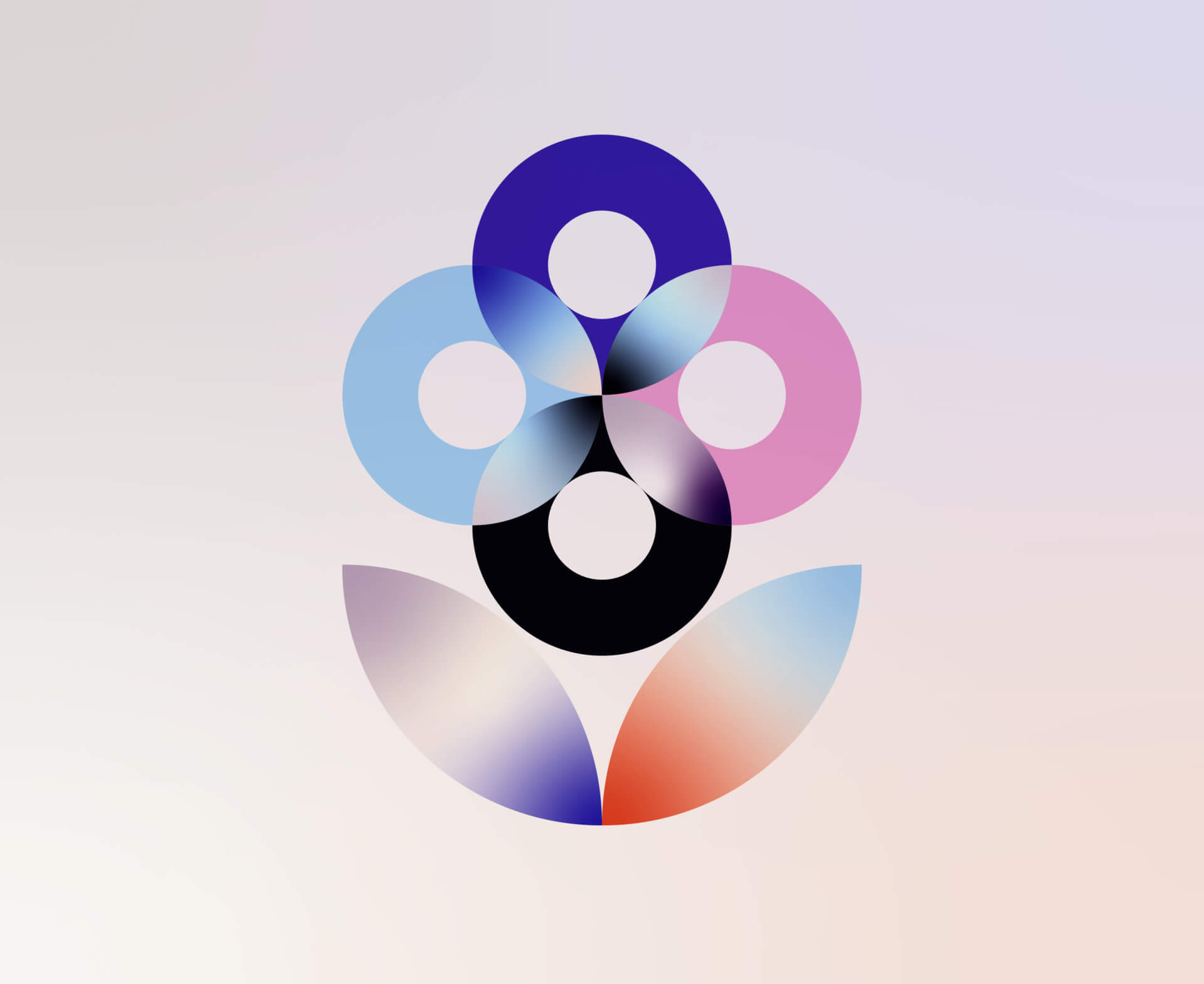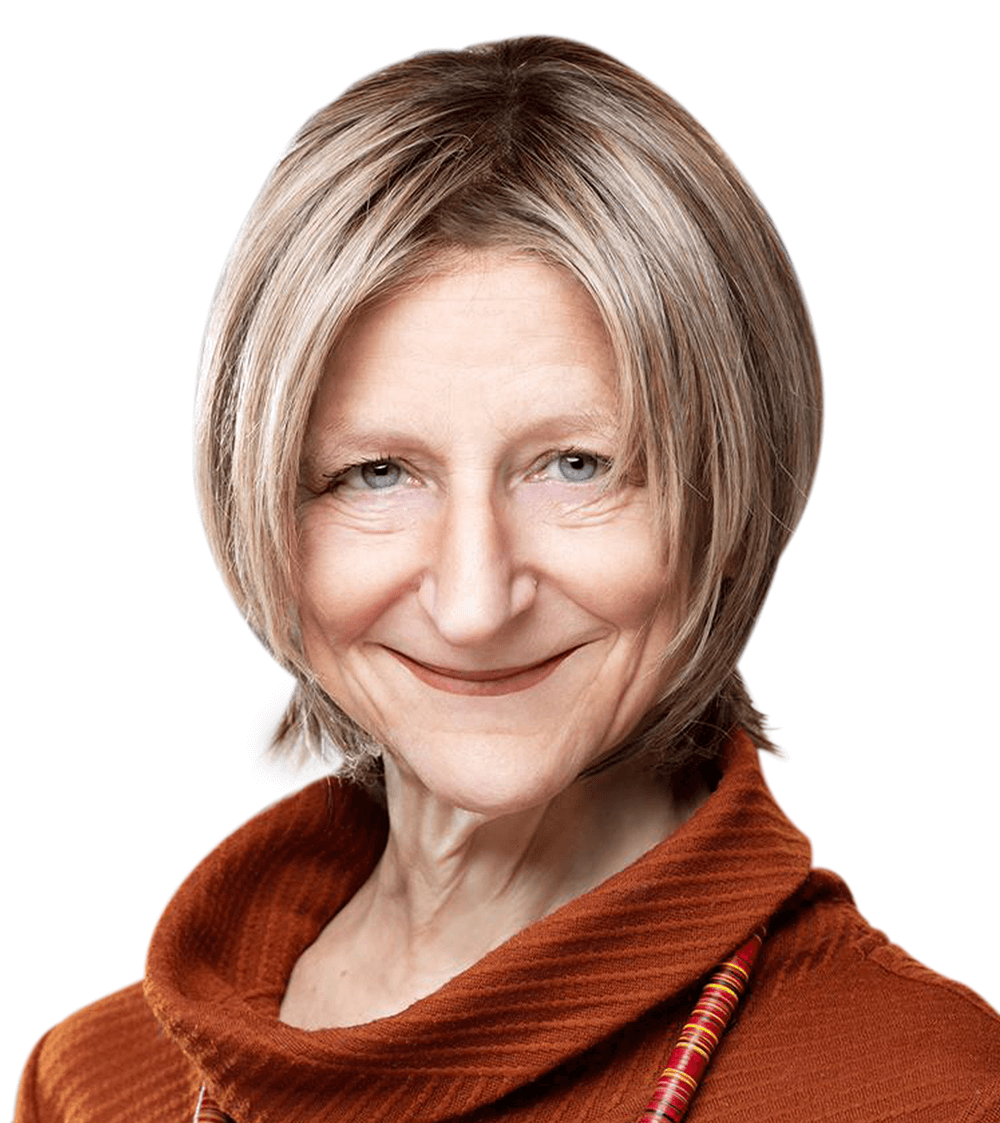- CEOCap
- Jaime Watt’s Debut Bestseller ‘What I Wish I Said’
- Media Training
- The Push Back
- Internship program
- Update Your Profile
- Homepage
- It’s time for a change
- It’s time for a change
- Kio
- Ottawa
- Art at Navigator
- Navigator Limited Ontario Accessibility Policy
- Virtual Retreat 2020 Closing Remarks
- COVID-19 Resources
- Offices
- Navigator Sight: COVID-19 Monitor
- Navigator Sight: COVID-19 Monitor – Archive
- Privacy Policy
- Research Privacy Policy
- Canadian Centre for the Purpose of the Corporation
- Chairman’s desk
- ELXN44
- Media
- Perspectives
- Podcasts
- Subscribe
- Crisis
- Reputation
- Government relations
- Public affairs campaigns
- Capital markets
- Discover
- studio
- How we win
- What we believe
- Who we are
- Careers
- Newsroom
- AI
- Empower by Navigator
- Environmental responsibility

FOR MANY DECADES, there has been a clarion call for designers around the world to put their methods, design thinking, and strategic foresight, to use in addressing the biggest problems facing our societies. Designers have applied their skills to create products, services and systems that are environmentally sustainable, support economic participation at all levels of society, and are inclusive and respectful of different needs and cultures. Now, as we consider the profound inequities laid bare by COVID-19 and the world we want to build post-pandemic, there is a crucial role for design.
In every facet of our world, the current crisis has revealed these kinds of human needs, from the precarity facing too many of our neighbours to the undervalued contributions of our front-line workers. In the world of business, organizations are addressing societal issues through a renewed focus on corporate purpose and a greater role in the challenges we all face. It is time for the public and private sectors to put the power of design to work in addressing these issues with input from and collaboration with the communities that they serve.
“At its best, design focuses on the needs of users and engages them in the process of defining problems and testing solutions. Fundamentally, design is linked to purpose, as both are concerned with the motives for decision-making and its wider effects on communities and individuals.”
Design is the intentional, creative, and technical practice of translating human needs into practical solutions. It is also stakeholder driven and forward thinking, accounting not just for the needs and uses of today, but also those of the future. At its best, design focuses on the needs of users and engages them in the process of defining problems and testing solutions. Fundamentally, design is linked to purpose, as both are concerned with the motives for decision-making and its wider effects on communities and individuals.
For example, designers from Black, Indigenous and racialized communities are bringing their life experience and sensibilities to creating designs that are inclusive and meaningful to businesses, consumers and communities. OCAD University undertook a Black cluster hire of five additional faculty in 2020 under the leadership of Dean Dori Tunstall, the world’s first Black female design dean, allowing it to more effectively teach and research inclusive design. The university has also built its Indigenous design capacity. During Black History Month this year, the prestigious College Art Association and the Advertising and Design Club of Canada are exploring the contributions and methods of Black designers.
We need not look very far to find examples of design “in action,” being used to address the issues of today. Recently, the leadership of the European Union has embraced the “New European Bauhaus movement,” which is focused on encouraging designers to use their craft in the interests of a more equal, resilient and sustainable Europe post-COVID. This movement intends to combine thoughtful design with sustainability, balance function with beauty, and bring together entrepreneurs and creators to address climate change through large-scale solutions in buildings, transportation and resource-efficient digital innovation.
There are other examples to which we may turn. Movements like the New Bauhaus borrow assumptions from Bruce Mau’s 24 Principles for Designing Massive Change, which emphasize generosity, social inclusion, and environmental awareness. Mau’s work underlines the transformative nature of conscientious design and its potential to improve quality of life and address major challenges.
Aside from these applications, there is no escaping the role that transforming our physical spaces will play in our COVID recovery. We simply cannot allow “business as usual” to dominate our response. “Business as usual” thinking has gotten us where we are today. It will take bold thinking to reconsider the way we prioritize the use of space and how we share it.
When it comes to corporate purpose, design can support organizations as they reorient themselves in a new world — first and foremost through the design thinking process and tool kit. Design thinking brings together a diverse set of stakeholders and sources to ideate solutions. Needs are identified, problems framed and solved. It supports creative brainstorming processes drawing from talent at all levels within an organization, at times from both within and outside, and ideally representing multidisciplinary knowledge and perspectives: exactly the inputs needed for meaningful consideration of purpose.
Using a set of techniques ranging from observation and data gathering, to sketching and brainstorming, participants identify issues and opportunities to create multiple strategies. They establish prototypes that can be tested, eliminated, or enhanced in a rapid process, gathering, and integrating feedback from stakeholders. The goal is one of continuous improvement in a context of constantly changing conditions. Inclusive design and generous design are integrated into the process to ensure needs and voices of diverse individuals and groups are addressed to define needs, questions, goals, and outcomes.
While these approaches clearly apply to technical innovation, they are equally viable to organizational innovation. Design thinking helps groups understand if they are asking the right questions for their context and problem. Design thinking encourages participants to exercise empathy, that is to imagine situations from different points of view. Design thinking can result in solutions that address economic disparities and inequity while opening up access to talent, and new markets.
What’s more, we’ve already seen design thinking employed across the private sector, to great effect. IBM has adopted Design Thinking in a dramatic reworking of its strategy as it pivoted towards service design and delivery of AI driven business systems, a shift that improved return on investments. The Mayo Clinic applies design thinking to understand how patients experience health care, examining the user experience in detail and then placing doctors and designers together to sound out their approach to care, prototype and then launch a revitalized patient-centric care journey.
As we consider the changes to our world and the role for the private sector in it, business and policy leaders must consider the applications of design and design thinking. These applications are made all the more important by COVID-19, when companies and entire sectors face the need for creative strategies that can both manage through the crisis and find opportunities for post-COVID innovation. Design and its constituent tools can be used to stimulate creativity, innovation, and contextual awareness as our society and our businesses consider the future and their place within it.

